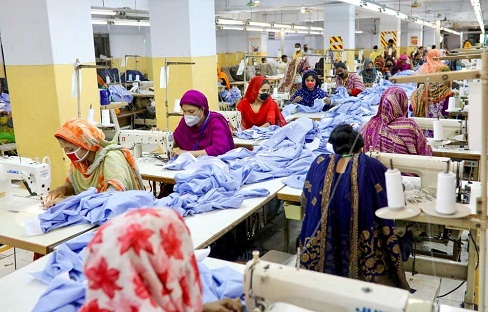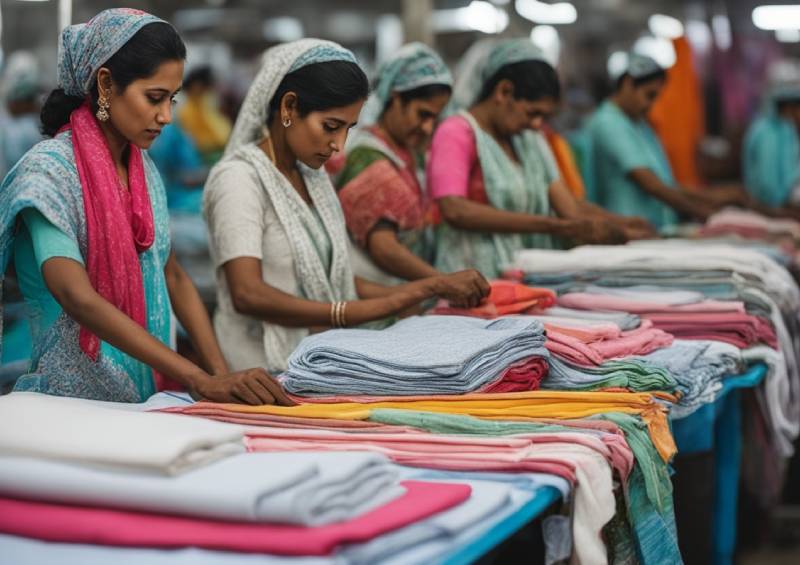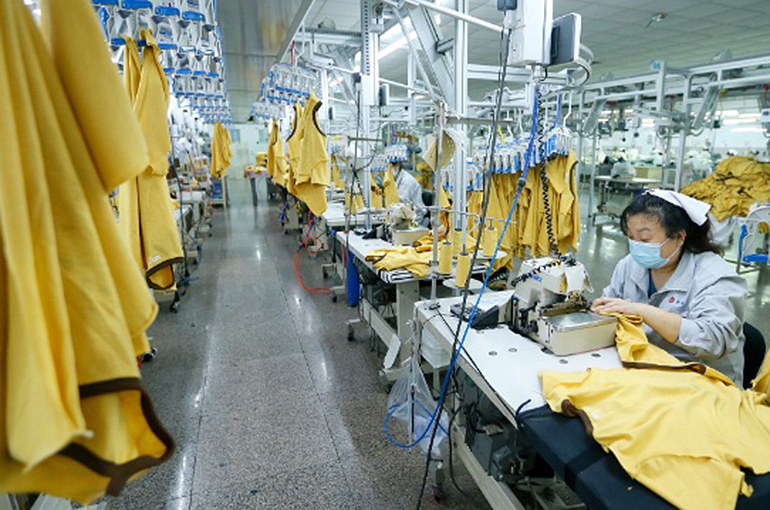 Buoyed by global demand ahead of Christmas, garment exporters in Bangladesh are confident about exports rebounding by December. Exporters hope to garner a bigger share in the United States market even though they lagged behind Vietnam during July and June, as per General Statistics Office of Vietnam and the Bangladesh Export Promotion Bureau.
Buoyed by global demand ahead of Christmas, garment exporters in Bangladesh are confident about exports rebounding by December. Exporters hope to garner a bigger share in the United States market even though they lagged behind Vietnam during July and June, as per General Statistics Office of Vietnam and the Bangladesh Export Promotion Bureau.
Though exporters are getting new work orders, it’s not sufficient as only basic items are in demand, says Anwarul-Alam-Chowdhury Parvez, Former President, BGMEA. The pandemic has hit the country’s exports by around 18 per cent with export earnings declining to $32.83 billion in fiscal 2019-20.
A bigger share in Chinese market
To tackle these challenges, Bangladesh government and the private sector aim to work on a long-term plan, opines Chowdhury. This can be a ‘golden chance’ for Bangladesh to grab a share of the Chinese garment market in the US as China’s garment exports to the US have nosedived after COVID-19 outbreak in Wuhan, says US Department of Commerce Office of Textile and Apparel.
chance’ for Bangladesh to grab a share of the Chinese garment market in the US as China’s garment exports to the US have nosedived after COVID-19 outbreak in Wuhan, says US Department of Commerce Office of Textile and Apparel.
From January to April of this year, Bangladesh’s garment exports to the US increased just 2.13 per cent to $2.07 billion. Among the many reasons for slow growth are closures of factories in April due to the COVID-19 outbreak. Though factories reopened on a limited scale in May and June, they exported garments worth only $3.5 billion, says Mohammed Hatem, Vice President of BKMEA.
Slow delivery, lack of FTAs and skilled labor
Vietnam on the other hand, exported $3 billion worth garments more than Bangladesh as Vietnamese investors are quick on deliveries. They can collect raw materials from China in three to four days and deliver finished products soon to the buyers. The country’s Free Trade Agreement with the US and other countries is another reason for exports superseding Bangladesh. Vietnam’s manufacturers pay only 5 per cent export duty while Bangladesh manufacturers pay 15 percent to export garments to the US.
Another big reason for Vietnam’s export growth is its skilled labor which greatly reduces production cost. Vietnamese manufacturers also pay lower utility bills and their industrial units uninterrupted power supply with no voltage fluctuations.
COVID-19 depresses demand
Bangladesh factory owners had a boost recently when the government provided four months’ salary for workers under an incentive package to cushion the effects of the pandemic on the economy. This helped the country increase garment exports to $3.24 billion in July, which was better than in April, May and June. However, the country’s exports are again expected to decline in August and September as it has few work orders. As most people lost their income to COVID-19 pandemic, demand for garments has depressed, says Hatem. However, he is confident of the demand increasing as the situation goes back to normal.
Wait and watch
Ahsan H Mansur, Executive Director, Policy Research Institute too believes Bangladesh will be able to gain back second position in garment exports if it survives the challenge for a year. There would have been an 8-9 percent decrease in Bangladesh garment exports even without the pandemic. COVID-19 pushed it to 18 per cent. He therefore advises exporters to keep a close watch on global market and hope for some good for its garment sector.











